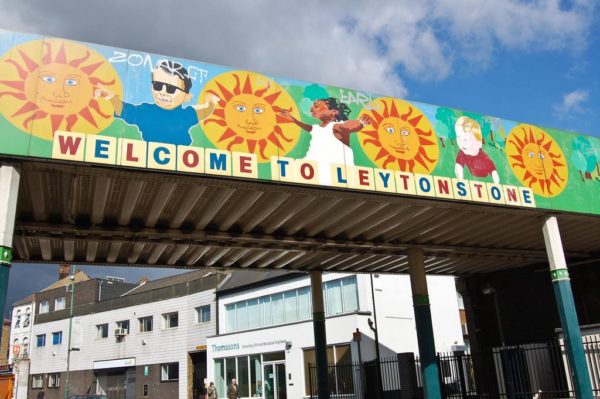I recently moved from urban Leytonstone to suburban Blackheath, and for anyone thinking about this direction of travel, let me tell you that the move brings with it a different set of anxieties. No longer wondering what alteraction you might walk into on the way at home at night; more like worrying whether you won’t make the rent this month.
For many students, heading for the cheapest area is the most sensible option. Saving pennies comes before things like convenient transport links, having a supermarket nearby and most importantly, your safety.
Does the price of safety outweigh the cost of living? It’s a close-run thing.
When I arrived in London, I headed straight for Leytonstone on London’s East side. As a London newbie, I didn’t realise that it is described by estate agents as ‘Up-And-Coming’. What they mean is that it’s a little bit rough around the edges. Even so, what I wasn’t expecting were the repeatedly rough moments on my walks to and from the tube station.
 Despite the quiet, residential road my flat was situated on, the high street was a very different matter. On Monday mornings it was typical to see intoxicated people queuing up outside Weatherspoon’s, desperate to go back inside and get another drink inside them. Within the tube station itself, verbal and sometimes physical fisticuffs were commonplace.
Despite the quiet, residential road my flat was situated on, the high street was a very different matter. On Monday mornings it was typical to see intoxicated people queuing up outside Weatherspoon’s, desperate to go back inside and get another drink inside them. Within the tube station itself, verbal and sometimes physical fisticuffs were commonplace.
On the other hand, Leytonstone High Road was filled with essential student pit-stop stores like Iceland, Poundland and Boots; and rents were sustainable within a normal student budget. Total rent for a two-person flat was £1000pcm; add the bills, which came to around £125 a month for gas, electric, water and wi-fi, and it’s easy to see why students pick Leytonstone.
Swapping student prices for safer premises, I have since made the move to Blackheath. South of the river, Blackheath is farther away from university, which makes my morning commute a little bit longer – and more expensive. From Leytonstone, I paid £1.70 in Oyster fares. From Blackheath, it’s gone up to £2.35.
The typical rent for this area is between £1250pcm and £1450pcm, making it substantially higher than Leytonstone. Upmarket rents are matched by upmarket residents. In the mornings, instead of dodging people arguing with TFL staff at the barriers, I’m squeezing past men with earpieces and briefcases, and the women grabbing coffee at 7:30am are dressed in perfectly styled business suits (How long did you say it takes you to get to campus? Ed).
I moved partly because of some (probably unusual) problems with our landlord back in Leytonstone. But mostly it’s because I wanted to feel a bit safer. Sure, I love to immerse myself in the different cultures of East London, but if I don’t feel comfortable taking an evening job in a pub because I’m too scared to walk home alone, then what’s the point?
Blackheath is, as you would expect, quite a departure from the earthy, working class landscape of Leytonstone. Blackheath has Greenwich Park just a short walk away, and you can be in Central London in just 15 minutes on the train. But, of course, there are aspects of living in East London that I’ll miss – most notably the fried chicken deliveries at 4am. But, hey, in Blackheath I can still buy an £85 dress from a boutique, send a £45 bouquet to a friend in need, and finish off with a £30 steak – all within a stone’s throw of my new flat.
Come to think of it, my purse may be safe from thieves on the street, but with those prices, there’s still some kind of thieving going on.
Picture of Blackheath by Dan Taylor-Watt used under Creative Commons Licence




